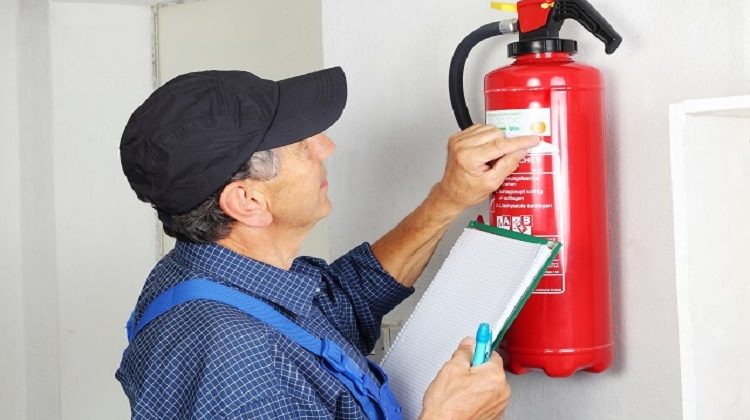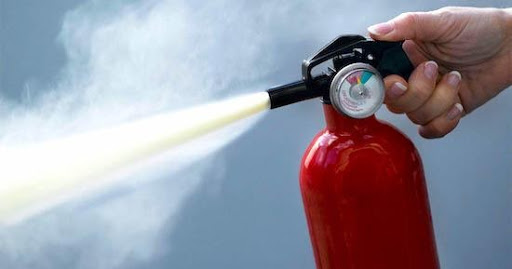
With so many Air BnB’s surfacing around New Jersey, we thought it would be a good time to talk about the importance of fire safety so that your guests and your property. There are property owners that manage rentals in the U.S. and Air BnB properties in Australia, and no matter where your property is, these safety suggestions will help you keep a safe and profitable property for years to come.
How To Inspect A Fire Extinguisher
Many fires that occur in commercial properties tend to be extinguished early by persons near or in the building using a fire extinguisher. Having a properly functioning fire extinguisher can help save lives when a fire breaks out. A fire extinguisher inspection goes a long way in ensuring that the equipment is in good working condition. A certified safety officer should perform regular checks of fire extinguishers and ensure that there are up to date records with the extinguisher for reference.
So How do you go About Performing a fire Extinguisher Inspection?
Check Accessibility
You need to know where the extinguisher is in your building. If you don’t know where it is mounted, that means it’s not easily accessible. The extinguisher should be easy to find, and in many cases, there should be more than one on the property. The extinguisher should not be blocked by other objects that can make it difficult to access during an emergency situation. Suppose it’s one of the portable extinguishers. In that case, it needs to be securely mounted in a designated location like an unlocked glass cabinet to prevent people from moving them to other places.
Inspect The Physical State Of The Extinguisher
Pick up the extinguisher and closely check for things like labeling, physical defects, and overall condition. Look for the serial number of the fire extinguisher and see if the label is readable. Also, check if the cylinder and external metal components show any signs of wear or damage. Check the connection between the cylinder and the hose to see that it’s secure. Closely look at the hose to see if there are cracks or any leaks within the nozzle. Also, look at the locking pin to see if it goes through the discharge lever holes and the handle. The seal should secure the pin. The pin is used to lock the discharge lever to prevent accidental discharge.
Confirm The Pressure Gauge Is Working
Look at the gauge needed to see where it is. If it’s in the green zone, that’s good. If the needle is in the red zone on the left, it means that a recharge is needed. A needle in the red zone on the right side indicates a danger of overcharge.

Besides, you want to check the inspection tag. If available, it should indicate when the fire extinguisher was last inspected. After you have looked at these things, you need to regenerate a report and make your recommendations. You also want to sign off on the inspection tag, if available, with your name, signature, and inspection date. If the label is not available, you need to indicate that in your report.
A replacement of the tag is crucial to monitor how regularly the equipment is being inspected and approved for use. There are companies all over the world that specialize in this process. If you have a rental property in New Jersey, consider calling on a specialist like the local Sherrif’s office to inspect this for you. If you own a piece of rental property in Australia, consider hiring a professional inspection company like Jim’s Fire Safety to evaluate the condition of your extinguishers either annually or bi-annually. Whomever you decide to call, make sure that you are consistent with your inspections because it could mean the difference between saving lives and people dying.
Conclusion | How To Inspect A Fire Extinguisher
Make sure that a certified safety officer does the inspection. In the event that you notice something unusual with the equipment, you must call in a safety inspection officer to perform an inspection, even if you had one recently. This way, you ensure you have properly functioning equipment on your premises to help fight fires and prevent possible damages, injuries, or deaths from occurring.

